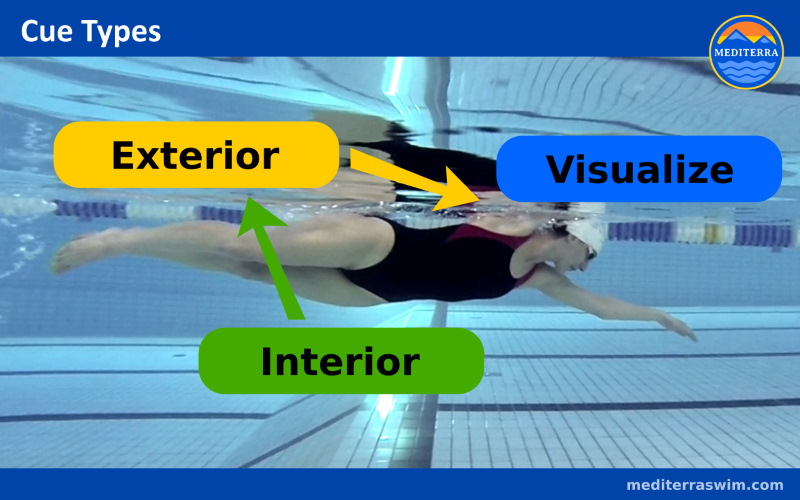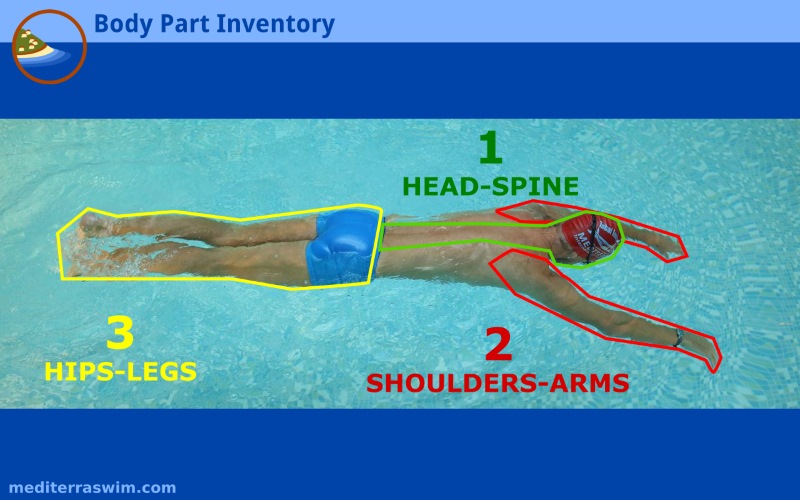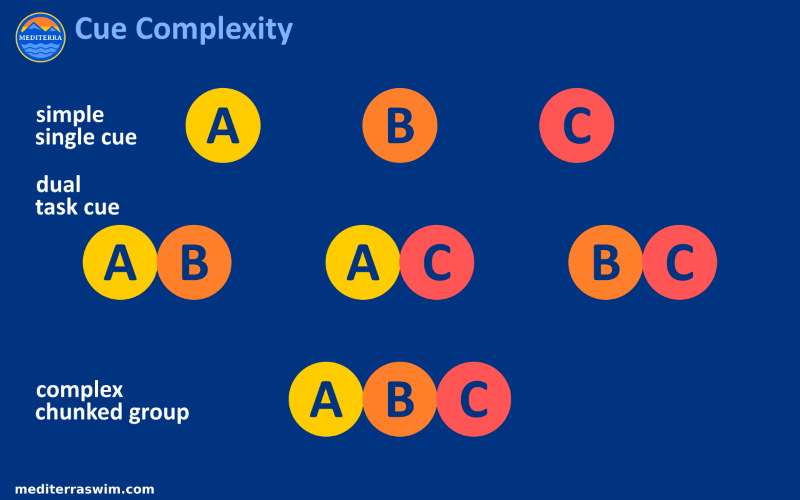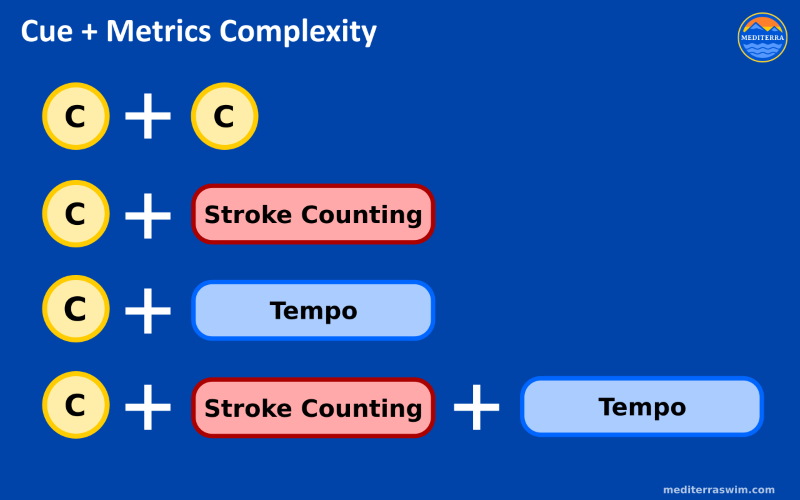How Can We Help?
Using Cues for Attention
Using Cues for Attention
What Are Cues?
Cues are an image, sensation or intention we hold in our mind to direct attention at a specific part of the body in order to make it do what we intend, or to check that it is doing what we intend it to do.

Cues direct attention to receive feedback from a specific part of the body or to send muscle commands to that specific part.
Cues are also known as Mental Representations which are explained in depth in Anders Ericsson’s research on Expertise, and you can read about them in Form Better Mental Representations.
When using cues your effort goes into holding your attention on a selected part of the body related to that cue. If you notice that other features of the stroke are not working as you want them to, you may make a mental note about these but then put them aside and resume focus on the chosen cue.
You may read more about cues (a.k.a. focal points) on our blog:
Organizing Cues
When working on memorizing the cues for each drill, you can use the sections of the body to organize them and help you remember:
- Head and Spine
- Arms-Shoulders
- Legs-Hips

Examine the head and spine first, by going through the cues one-by-one. Then move on to the arms, and then to the legs.
You may use this order to scan the body and look for areas that need attention during your warm up at the beginning of practice time. You may also use it during any swim when something starts to feel out-of-place in your stroke. By systematically going over the body you can find the problem and make a correction.
Blending Cues
Your ability to handle more than one cue at a time comes with practice. At first, you may do best to use one cue at a time to work on one point of the body. Later on you can combine cues and maintain attention and control on two or three points at one time. But be patient for that ability to come. You’ll know you can handle more because you notice it is easier to do so.
When new to a skill you may take one single Cue (A) at a time and use that for a few minutes or a few repetitions. Then switch to another (B), and then switch to another (C). You can repeat that cycle as many times as you like. Use rest in between to refresh your attention.

Eventually, you will be able to hold attention on two cues at once (AB, AC, or BC), and over hundreds of successful repetitions the brain and body will adapt and then desire greater complexity. In this way your attention and control over the movements will improve. Then you will be able to hold 3 or more at one time (ABC).
Learning to use and gradually increase the complexity of cues is one of the hallmarks of our training approach. To create a ‘super-learning’ environment for yourself you want to set up just enough challenge on your brain, so that success follow more frequently than failure. You don’t want there to be too little complexity so that your brain grows bored and wanders, nor too much complexity that you lose control, confuse the brain, and fail more often than succeed.
You may have many features you are working on but you need to consider how effectively you will dividing your attention between them. So, you need to identify the highest priority (or most fundamental) focal points first.
There are many ways to distribute the concentration so you can work on multiple cues:
For example: cues A, B, and C
You can give attention to one thing for a small period of time…
For 15 minutes, give 5 minutes for each cue…
- 5 minutes – cue A
- 5 minutes – cue B
- 5 minutes – cue C
Or, you can give attention to one thing at a time, but cycle through those cue s frequently and repeat the cyle a few times…
For 15 minutes, do one repeat for each cue in a row, and then keep repeating that cycle for 15 minutes…
- 1 repeat cue A
- 1 repeat cue B
- 1 repeat cue C
The idea is that you are deliberately sending repetitious signals through a motor-control circuit so that your brain is triggered to strengthen that specific circuit. If you bounce around one your focus you lose the quality of stimulation your brain needs to strengthen a specific circuit.
Cue Complexity
Rather than reach a certain level of skill and then turn off the brain to swim, in our method of learning we increase the challenge on the brain to increase the resilience of our skills.

The brain has only so much capacity to concentrate on new skills. It takes time to imprint a skill so that it becomes automatic (controlled smoothly by a subconscious part of the brain). Once we feel a certain skill becoming easier, almost automatic, we can increase the challenge gradually to strengthen that skill further.
In the first stage of our training we use just cues extensively – starting with just one cue at a time, and then holding two at a time and then three or more (refer to Blending Cues above).
In the next stage, we add Stroke Counting with Cues. This activates and integrates both sides of the brain in more powerful ways.
In the next stage, we add Tempo with Cues.
And, in the ultimate stage, we practice holding all three at the same time.
***
